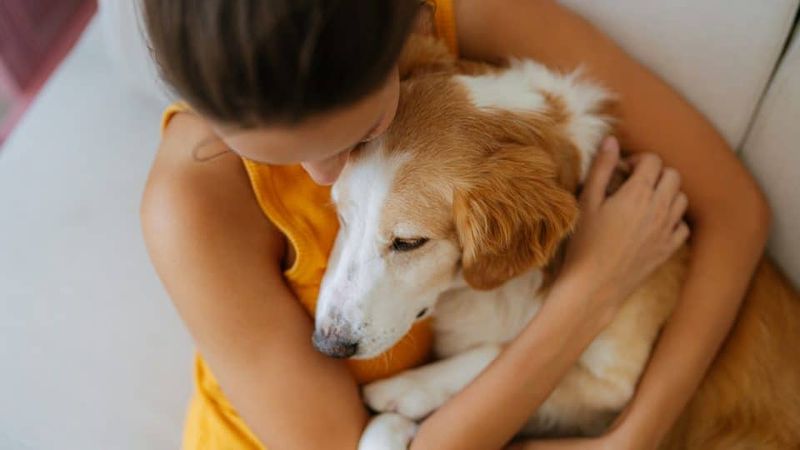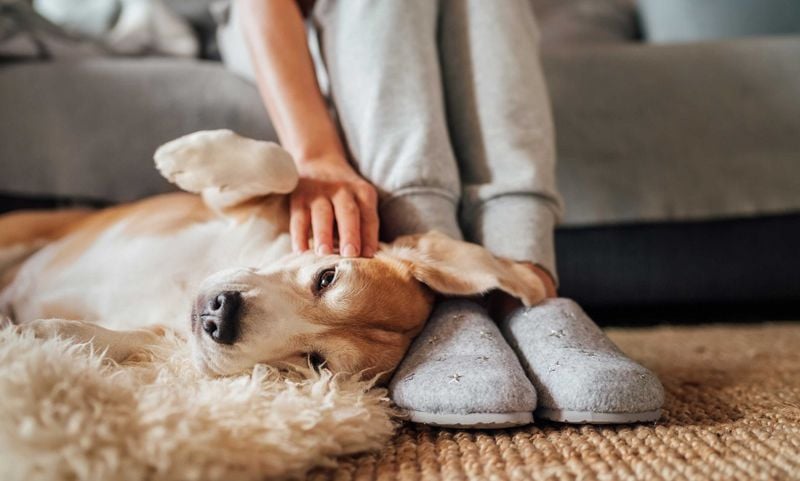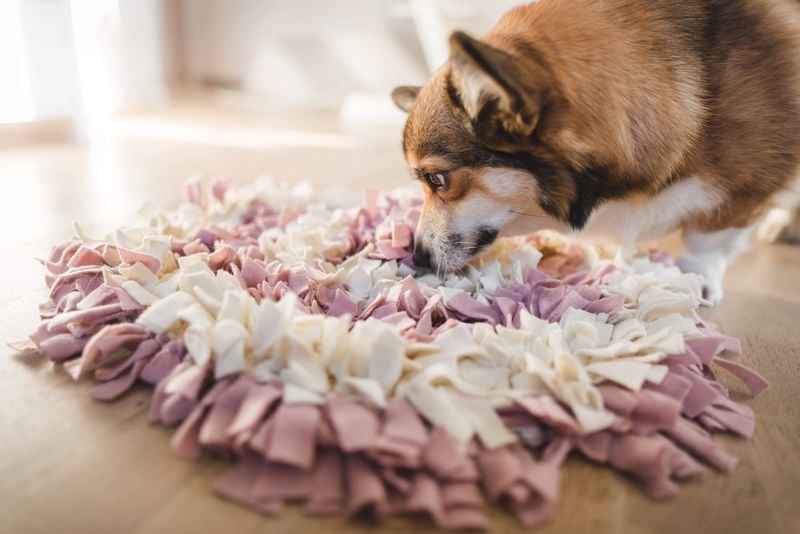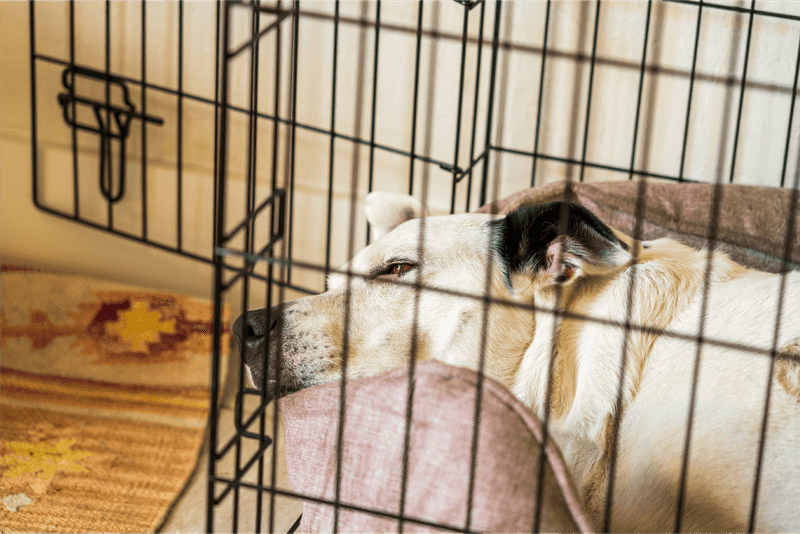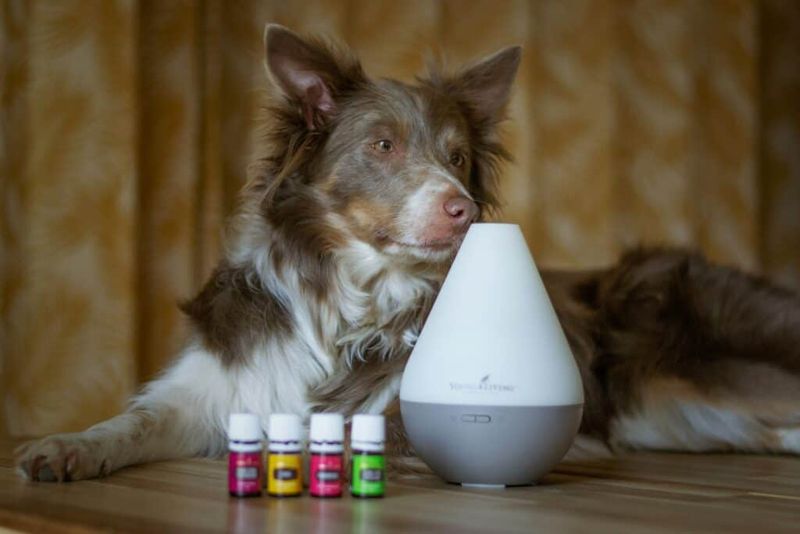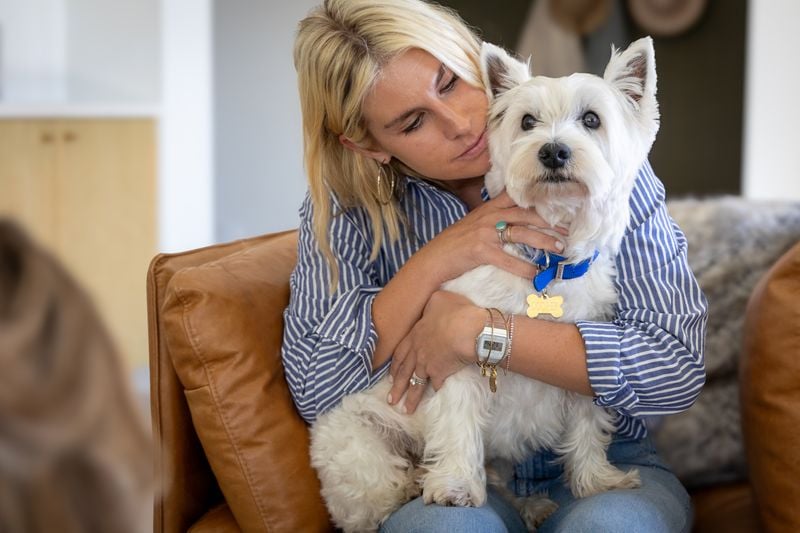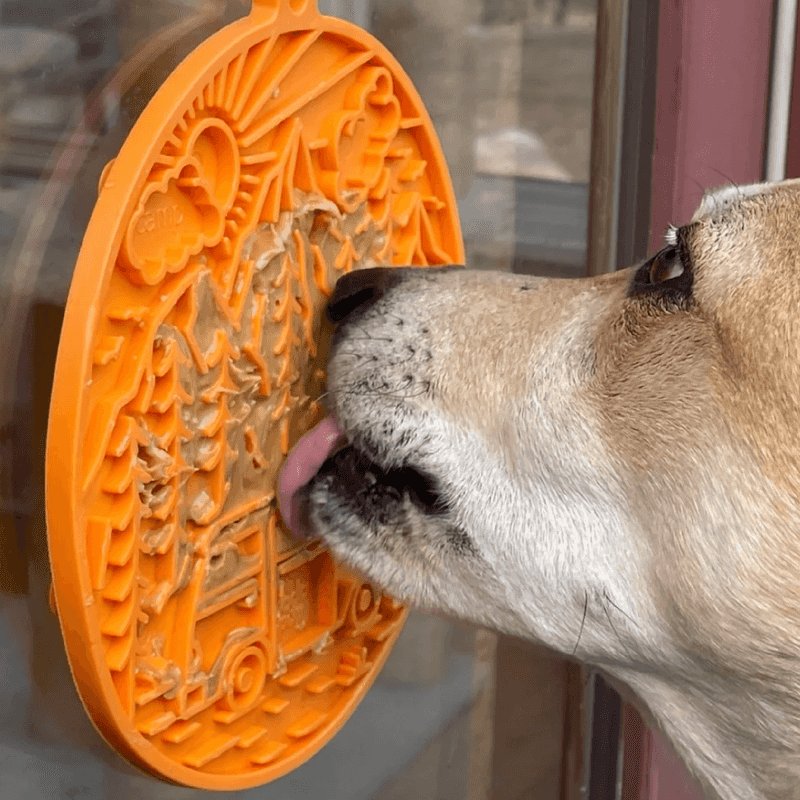8 Genius Ways to Calm Your Dog—No Lifting Required!
Dogs get anxious sometimes, just like people do. Whether it’s thunderstorms, fireworks, or just a case of the zoomies, our furry friends can get overwhelmed and need our help to relax.
The good news is you don’t need to physically restrain or pick up your dog to help them calm down. These simple, gentle methods can work wonders for helping your pup find their inner peace.
1. Use a Soothing Voice
Your voice is a powerful tool that can instantly affect your dog’s emotional state. When your pup seems anxious, speak in low, smooth tones—almost like you’re telling a bedtime story. The pitch matters more than the actual words you’re saying.
Many dogs respond especially well to a slightly sing-song voice that rises and falls gently. This mimics how mother dogs communicate safety to their puppies. Try keeping conversations with your anxious dog brief and melodic.
Practice this technique during calm times too, so your dog learns to associate your special voice with relaxation rather than just crisis management.
2. Play Calming Music
Music isn’t just for human ears! Studies show that certain types of music can significantly reduce anxiety behaviors in dogs. Classical compositions with slow tempos work particularly well—think Beethoven’s gentler pieces or Bach.
Modern streaming services even offer playlists specifically designed for canine relaxation. The steady, predictable rhythms help regulate your dog’s heart rate and breathing patterns naturally.
For best results, keep the volume low—dog hearing is much more sensitive than ours. Start the music before stressful events begin, allowing your pup to associate these soothing sounds with safety rather than the approaching storm or fireworks.
3. Give Them a Puzzle Toy
Mental engagement acts as natural anxiety medication for dogs. A puzzle toy redirects nervous energy into problem-solving focus, triggering your dog’s brain to release feel-good chemicals instead of stress hormones.
Stuffed Kongs, snuffle mats, and treat-dispensing balls are perfect options that keep paws and minds busy. The licking and chewing motions involved are naturally calming behaviors for canines, similar to how humans might chew gum when nervous.
Start with easier puzzles during mild stress, then gradually introduce more challenging ones. This mental workout often leaves dogs pleasantly tired afterward—a much healthier state than the wired, anxious energy they started with.
4. Provide a Safe, Quiet Space
Dogs instinctively seek dens when feeling threatened or overwhelmed. Creating a dedicated calm zone gives your furry friend a retreat where they feel protected and secure.
The perfect spot might be a crate with a comfy blanket, a corner with a dog bed, or even under a desk with a familiar cushion. Add items carrying your scent for extra comfort—an old t-shirt works wonders.
Some dogs prefer partially enclosed spaces where they can see out but feel hidden. Never force your dog into their safe space.
Instead, make it inviting with treats and praise, allowing them to discover its comfort on their own terms. This teaches them to self-soothe when anxiety strikes.
5. Try Dog-Safe Aromatherapy
A dog’s sense of smell is approximately 40 times stronger than ours, making aromatherapy particularly effective for canine calming. Lavender stands out as especially soothing for many dogs, with research showing it can reduce travel anxiety and promote relaxation.
Always use pet-specific products or extreme dilutions of essential oils. A few drops on a bandana worn loosely around the neck (never directly on fur) or a diffuser placed in a well-ventilated area works well.
Chamomile and valerian can also help anxious pups unwind. Remember that what smells faint to you might be intense for your dog, so start with minimal amounts and watch for positive responses like sighing or settling down.
6. Practice Deep Breathing Beside Them
Dogs are masters at reading our body language and energy. When you sit beside your anxious pup and take slow, deep breaths, they naturally begin to mirror your calm state.
This works through a process scientists call emotional contagion—dogs literally “catch” our feelings. Place a gentle hand on your dog’s back while breathing deeply. Count to four as you inhale, hold for two counts, then exhale for six.
Your dog will feel the rhythm of your breathing and your steadying heartbeat. This technique works especially well during thunderstorms or fireworks. Your deliberate calmness communicates more effectively than words ever could that there’s nothing to fear.
7. Use Slow, Non-Threatening Movements
Quick movements can trigger a dog’s fight-or-flight response, especially when they’re already on edge. Moving deliberately around your anxious pup signals safety and control.
Avoid looming over them—instead, approach from the side with a slightly lowered posture. Gentle, predictable petting can work wonders. Long, slow strokes from chest to tail (never head-first) activate your dog’s parasympathetic nervous system, which controls relaxation responses.
Some dogs prefer steady pressure to repetitive petting. Watch your dog’s body language carefully. Lip licking, yawning, or looking away means you should give space. Relaxed muscles, soft eyes, and leaning into your touch show your approach is working.
8. Offer a Chew or Lick Mat
Licking and chewing activities release endorphins in your dog’s brain—nature’s own stress relievers. A textured mat smeared with a thin layer of peanut butter, yogurt, or wet food creates an irresistible calming activity that can last 20-30 minutes.
The repetitive licking motion naturally lowers heart rate and blood pressure. For chewers, a long-lasting dental chew or bully stick provides similar benefits through the rhythmic jaw movements.
These tools work brilliantly during stressful situations like vet visits, thunderstorms, or when guests arrive. Keep several prepared mats in your freezer for quick access during unexpected anxiety triggers—the frozen treats last longer and provide even more soothing distraction.

